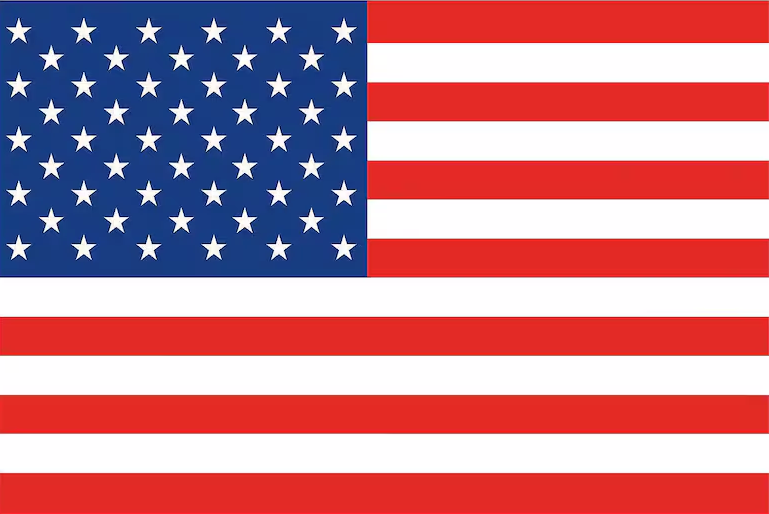Thanks to research, we understand the health risks of exposure to secondhand tobacco smoke. But what about secondhand marijuana smoke, specifically from bongs? New research suggests that this poses a new level of threat to smokers and non-smokers alike. Additionally, that secondhand marijuana smoke in this manner is not safe and that public perceptions of its safety must be addressed.
This study used air monitoring devices to measure the particulate matter (PM) produced from smoking marijuana in a bong, in a series of sessions, in a room roughly about 210 sq.ft. This would equate to a small to moderate sized living room. The U.S. Environmental Protection Agency (EPA) established a safe air-quality standard threshold of 35 micrograms of PM exposure in this type of environment. The study showed that during the first 10 minutes of residential marijuana smoking from a bong, the marijuana PM levels exceeded the EPA limits and worsened by 100 to 1,000-fold. More so than tobacco smoke. Potentially placing both smokers and non-smokers (guests or children) at risk for adverse health conditions from protracted exposures.
A key takeaway is that the lack of conclusive evidence of harm from secondhand marijuana smoke now, does not mean that it is harmless in the long run. It took decades to understand the adverse health implications of smoking tobacco, exposure to its smoke and the resulting shift in social norms. Science must be allowed the time to conduct valid research to address this and other emerging issues with marijuana, so we have a better understanding of the health implications (positive or negative) presented by this drug.
Read time: < 10 minutes
Photo: Pexels.com_Danilyuk




